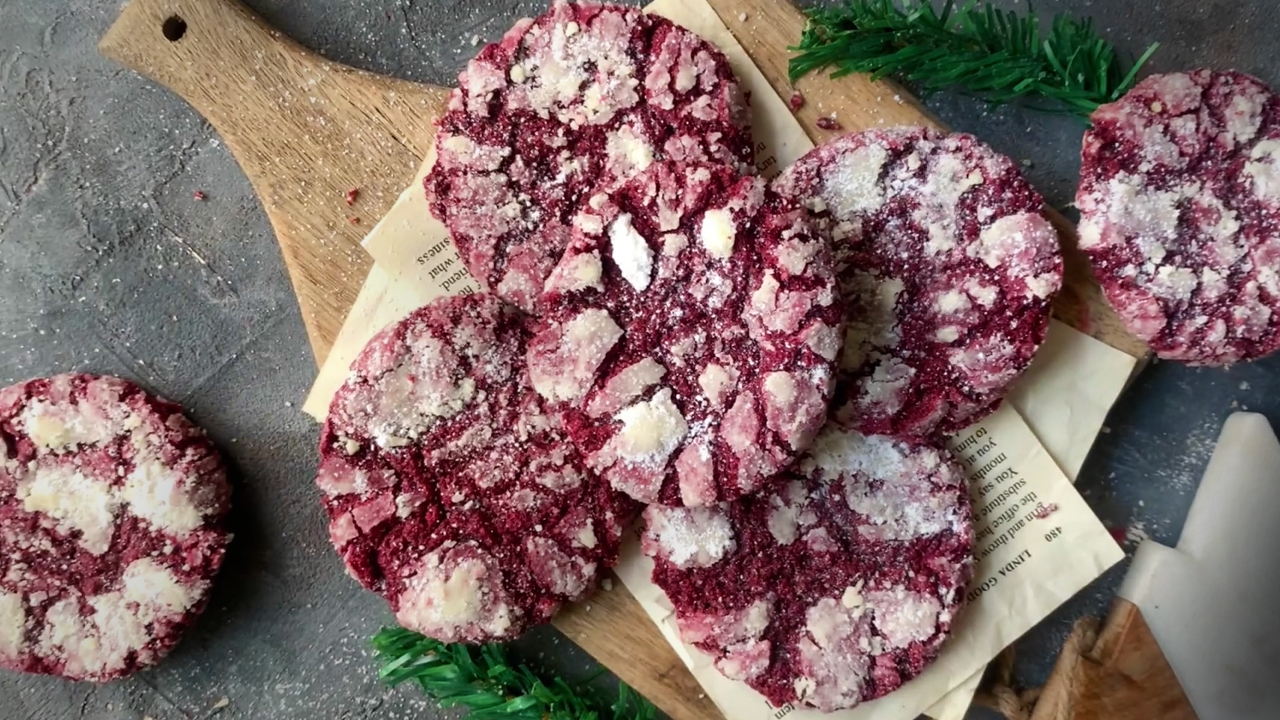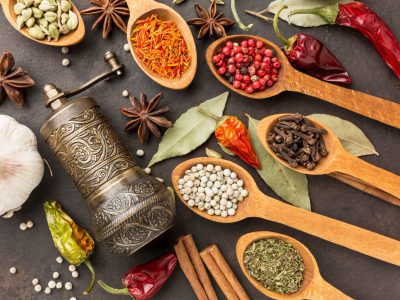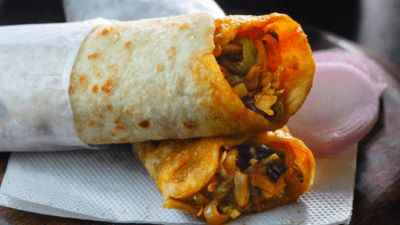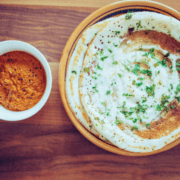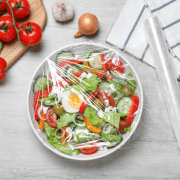Cooking is an art form, but it can be difficult to master. With all the different recipes out there and all sorts of ingredients, it’s easy to get confused. But don’t worry! We’re here to help you with some simple cooking techniques that will make your culinary endeavours less stressful and more satisfying.
Soak beans overnight before cooking to reduce the cooking time.
Soaking beans overnight is a great way to reduce your cooking time and improve the texture of your dish. Soaking allows for a more uniform cooking process, which results in less breakage and fewer split beans. Soak the beans in cold water overnight (at least 8 hours), then drain them before proceeding with your recipe. You can soak them for as long as 12 hours if you like–just be sure to drain them well before using!
Add a little oil to the water to keep cooked pasta from sticking together.
Add a little oil to the water to keep cooked pasta from sticking together. This will help prevent the pasta from sticking together as it cooks. You can use olive oil or any other type you like best–just be sure not to use too much! If you don’t have any liquid left over on hand, don’t worry: just add a small amount of water instead.
The key here is moderation: if there’s too much oil or water in your pot when you’re cooking your noodles (or whatever), they’ll get soggy and fall apart in your mouth instead of being nice and firm as they should be.

To make sure your cookies are baked through, use a toothpick to test them.
To test for doneness, remove the cookie sheet from the oven and insert a toothpick into the centre of one of your cookies. If no batter sticks to your toothpick, it’s done! To some do stick to it, give it another minute or two in the oven before testing again with another toothpick (or better yet: use an instant-read thermometer).
If you overbake cookies, they can become dry and tough; if they underbake, they will be gooey and raw. To avoid either of these situations: often check while baking so that all of your cookies come out perfectly golden brown every time!
If you have picky eaters in your house, try hiding vegetables in foods they already like.
If you have picky eaters in your house, try hiding vegetables in foods they already like.
This is a great cooking techniques to get some vitamins into them without them even realizing it! You can hide vegetables in anything from pancakes to mashed potatoes. You can also use this technique when making something that’s already a meal on its own (like pizza). Just add extra vegetables on top, and voila! Your kids will be getting some extra nutrition without knowing it!
The number of times per week you should try depends on how much time and effort you take to prepare these meals, as well as how willing your child is to go along with the plan.
If you want mashed potatoes with a light and fluffy texture, use whole milk instead of skim or half-and-half.
If you want mashed potatoes with a light and fluffy texture, use whole milk instead of skim or half-and-half. Whole milk adds more fat and flavour to the potatoes, which makes them taste better than their low-fat counterparts. It’s also a better choice for baking because it has more protein than 2% or 1% dairy products do–the proteins help give baked goods structure and keep them from crumbling apart when they’re cooked at high temperatures in an oven.
In addition to being good for making mashed potatoes, whole milk works well for cooking other foods as well–for example:
Conclusion
There are many ways to store fresh herbs, and each method will depend on the specific herb you’re trying to save. With these cooking techniques, you should have no problem keeping them around for longer than a week!
